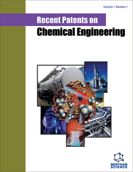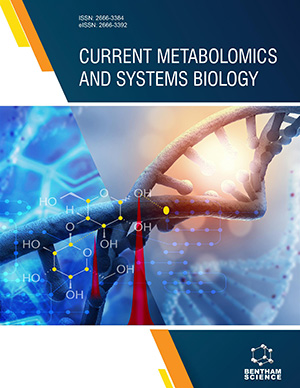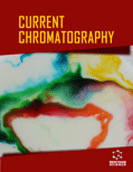Abstract
In recent years, more studies on waste valorization are emerging due to
excessive accumulation in the land, foul-smelling, and lack of conventional disposal
practices to sustain a proper ecosystem. The decline in the supply of fossil fuels and
their high-cost led to finding alternative technologies that use renewable resources as
raw materials to manufacture value-added goods. The waste contains organic residues
like carbohydrates, proteins, and fats, which are helpful in producing bio-based
chemicals. However, several roadblocks ought to be crossed for adopting organic waste
as nutrients for microbes to obtain high yields of desired products. Many studies have
shown potential ways to solve these problems and have achieved high yields.
Nevertheless, this technology has not been globally explored to manufacture
commercial products, as many other issues are associated with biorefinery and product
costs. This chapter addresses the organic residues present in the wastes, their use in
manufacturing platform chemicals, methods for the pretreatment process, and ways to
overcome the challenges.
Keywords: Aspergillus terreus, Acid catalyst hydrolysis, Building blocks chemicals, Cellulose, Detoxification, Food and fruit waste, Gluconic acid, Itaconic acid, Levulinic acid, Lignocellulose biomass, Microwave-assisted heating method, Organic wastes, Succinic acid, Sugar alcohols, Sugarcane bagasse, Spent aromatic wastes, Transesterification, Xylose, 5-HMF SSF.






















